Canvas relined 65 cm by 54 cm
Frame 77 cm by 66 cm
Frame 84 cm by 72 cm
Superb portrait that this young woman wearing a pearl tiara. The realism is striking, the colors superb. This pearl tiara is well known, it is found in particular in the hair of Caroline Bonaparte Murat, Queen of Naples in a portrait of 1812, she wears it above the crown. Regarding the artist, our research leads us to two tracks, Jean Auguste Dominique Ingres and François Xavier Fabre and their workshops. Some early works by Ingres show significant stylistic similarities, in particular, to cite just one, the way of painting reflections on the hair. This characteristic is found almost identically in François Xavier Fabre. For these two artists and for this precise period we find the same palette of colors, this magnificently smooth skin and this same style of embroidery on the shawls. On the other hand, this type of dress is more systematically found at Fabre.
The Empire Dress
This style, which marked a break with the opulence and sumptuousness of clothing characterizing women's fashion in the previous century, features a fitted bodice ending just below the bust, which gives the appearance of a high waist. waist, and a long, loose, gathered skirt, but skims the body instead of being supported by voluminous petticoats. Born at the end of the 18th century, it is attributed to the neoclassical taste inspired by Greco-Roman art showing women wearing loose rectangular tunics called "peplos" which were belted below the chest, providing support for women and a light and comfortable clothing adapted to the hot climate. In fact, his genealogy is much more complex. It was first worn by Queen Marie Antoinette, whose reference was West Indian and not Greek. In 1788, just before the Revolution, court portraitist Elisabeth Vigée Lebrun gave a "Greek supper" where she used the from his studio to dress up his guests, his own daughter and his sister-in-law, with simple white “Greek” tunics. Herself already wearing a blouse, she had put a veil and a crown of flowers on her head. Subsequently, Napoleon used the dress in an imperial context, passing its significance from Greece to Rome, in accordance with his political program.




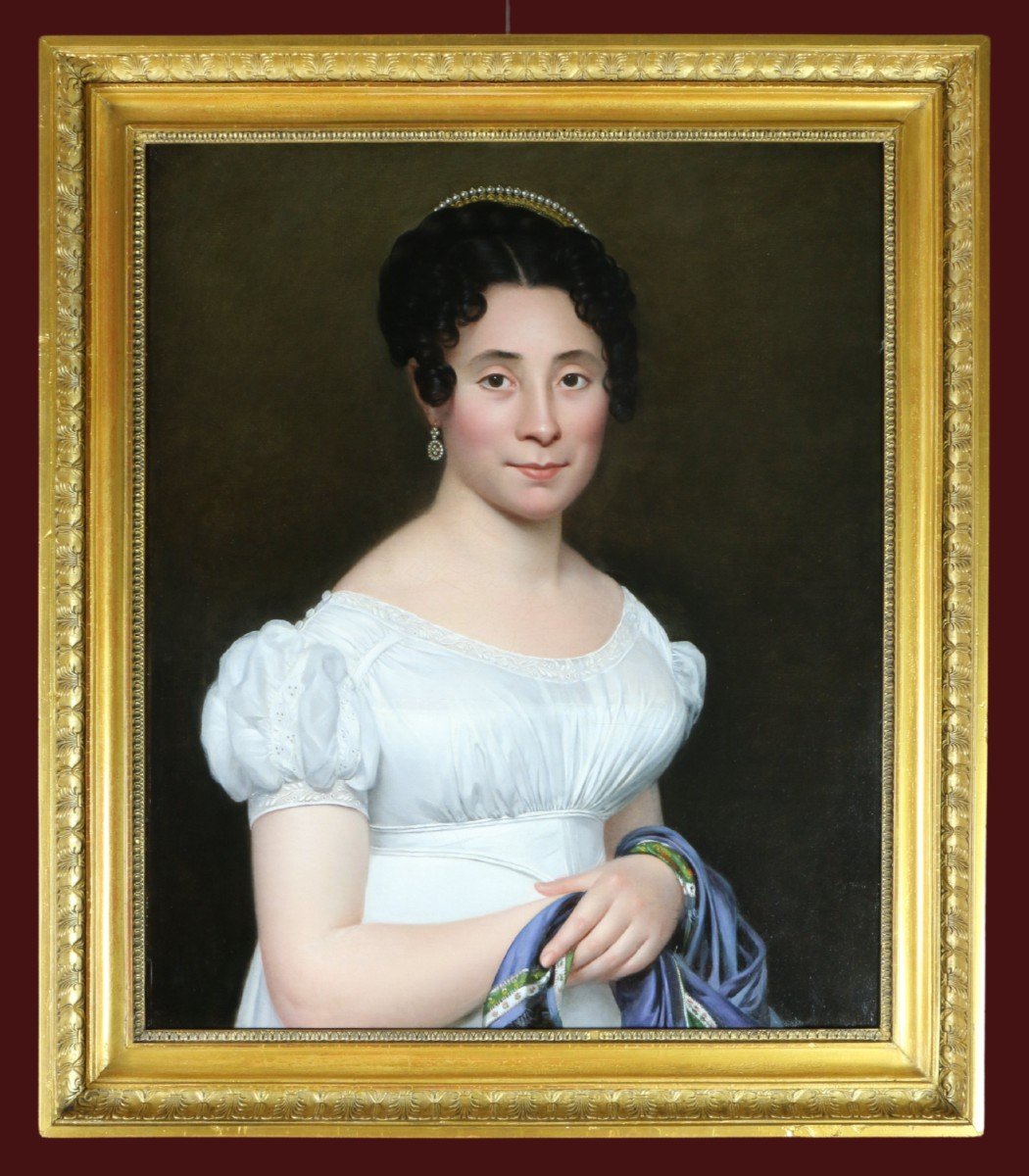



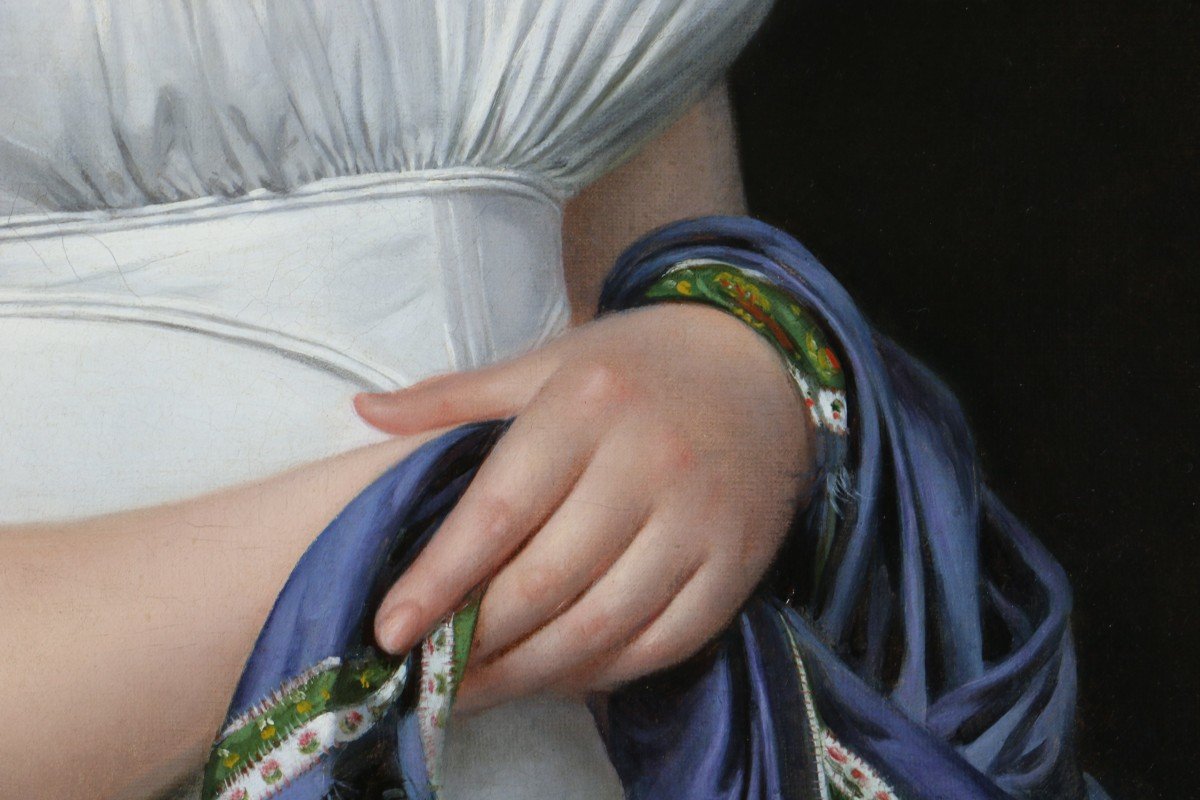







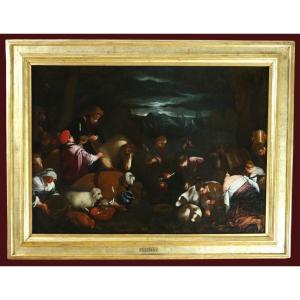



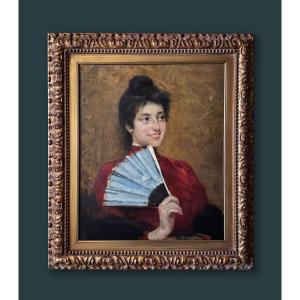
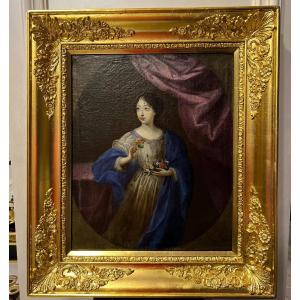

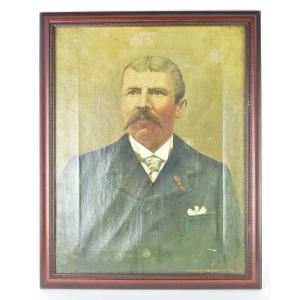





 Le Magazine de PROANTIC
Le Magazine de PROANTIC TRÉSORS Magazine
TRÉSORS Magazine Rivista Artiquariato
Rivista Artiquariato
